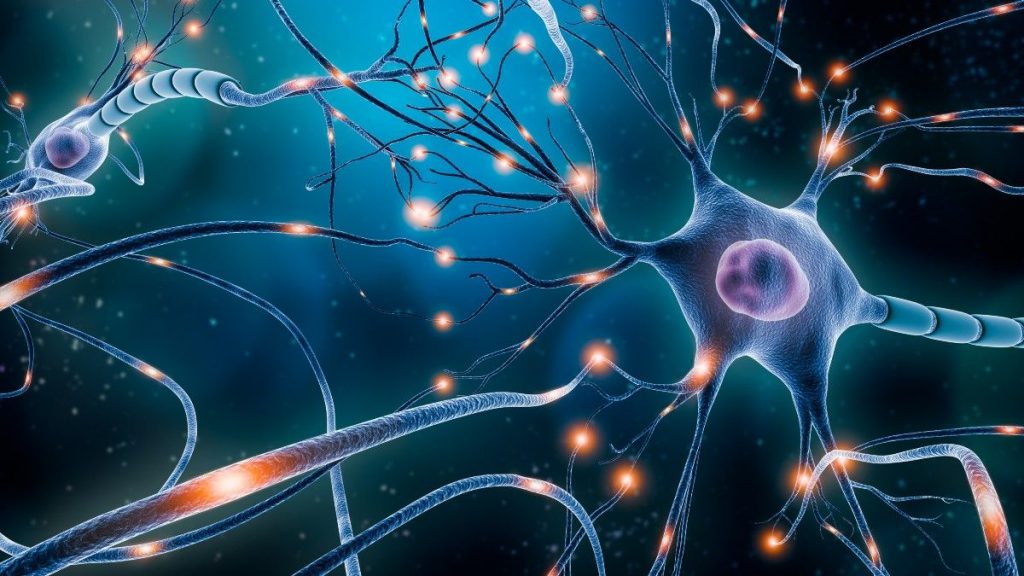From childhood to adulthood, we all have beautiful memories as well as painful experiences in our memories. So if you get a chance to refresh that memory, would you do it?
Although it sounds like science fiction, experts have conducted a number of successful experiments to find out whether it is possible to remove bad memories and replace them with good memories. Their main goal is to make the results obtained from these useful for people suffering from Alzheimer’s disease and post-traumatic stress disorder. Currently, this test has been done using rats. They also express confidence that these investigations can be carried out quickly using people.

Memory is:- According to neurologist Steve Ramirez, memory is not something that is in one place in the brain. It can be compared to an experience created by receiving information such as seeing, hearing and feeling from places as a network.
Scientists say that every time something comes to mind, they are not 100% correct and the memories that were originally conceived may change due to new ideas/memory or experience (brainwashing).

Using optogenetics, they erased a bad memory associated with an experienced fear in mice. This is how it was done.
First of all, what nerves are active in the brain of mice at each time? Then those nerves are made light sensitive. After that, when necessary, the nerves marked in this way are activated by a laser method and the corresponding memory is given to the rats. It means that this method can separate the good memories from the bad ones and give them when needed. A few years ago, scientists at IMT in America had done something similar. There they were able to successfully change the memories of mice.
This is written for those who are interested in knowing what is really going on.
Nerves in the brain work like an electrical circuit. When it comes to the human brain, this is even more complicated. So optogenetics is to understand the neural circuit well and manipulate it in the desired way. Optogenetics is actually a very important discovery in neuroscience.
What is happening in Optogenetics?
What this does is turn on/off a nerve in the brain when needed. First, the relevant nerve is made light-sensitive by implanting a small protein (opsin). So these opsins can convert light into electrical waves. A nerve works on electrical waves. After that, it’s very easy. The working of that nerve is controlled by whether the lights are turned on or not. So not only memory but everything in our body is done by nerves. Logically, optogenetics is capable of controlling all of that. This is a very difficult task full of hurdles to write easily. Most of these are still in the research stages. (aayubo)
If so, don’t forget to post your thoughts in the comment section while sharing this article.
Find out more by engaging Buzzer.lk and Buzzer Science & Technology.




